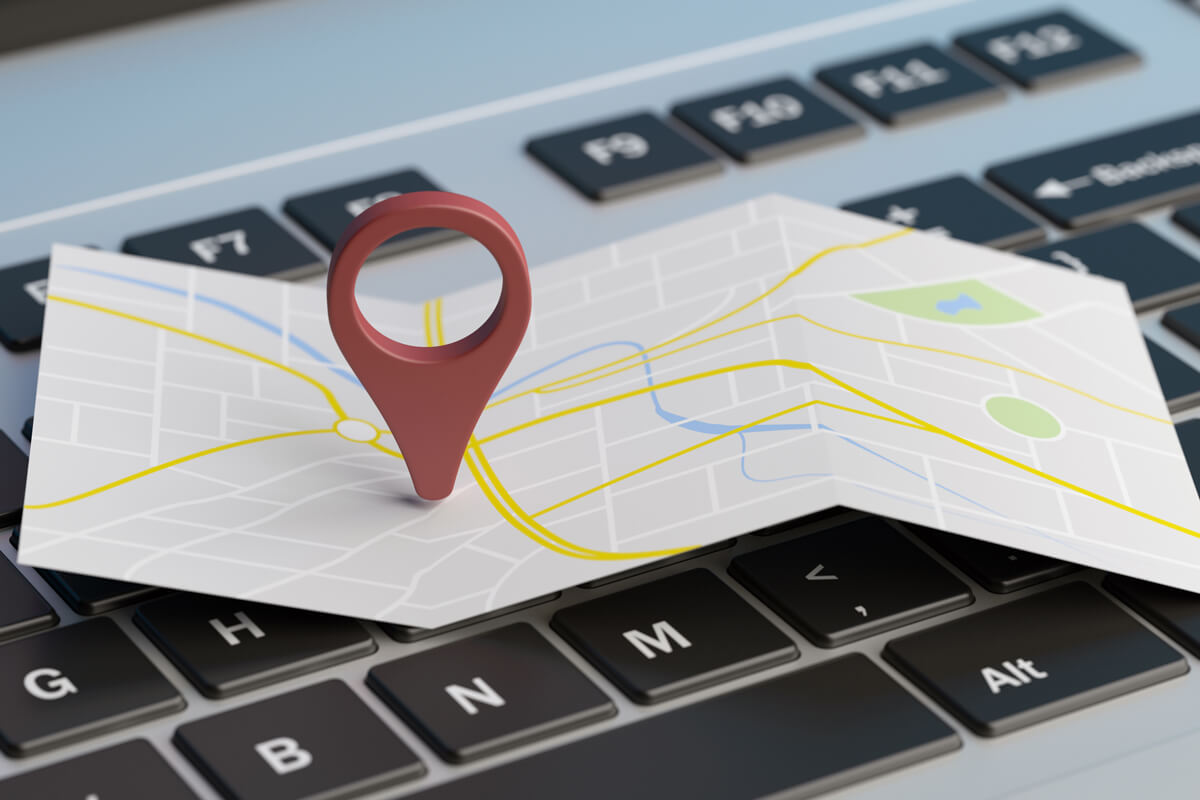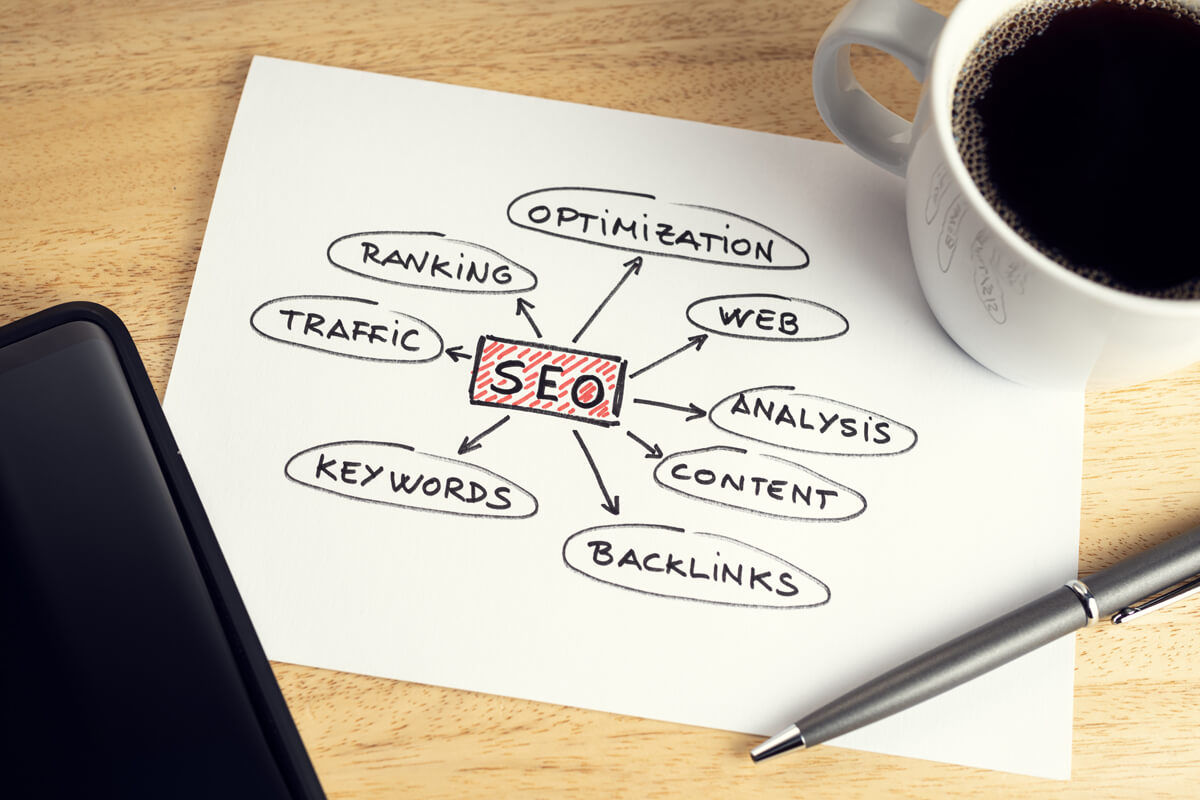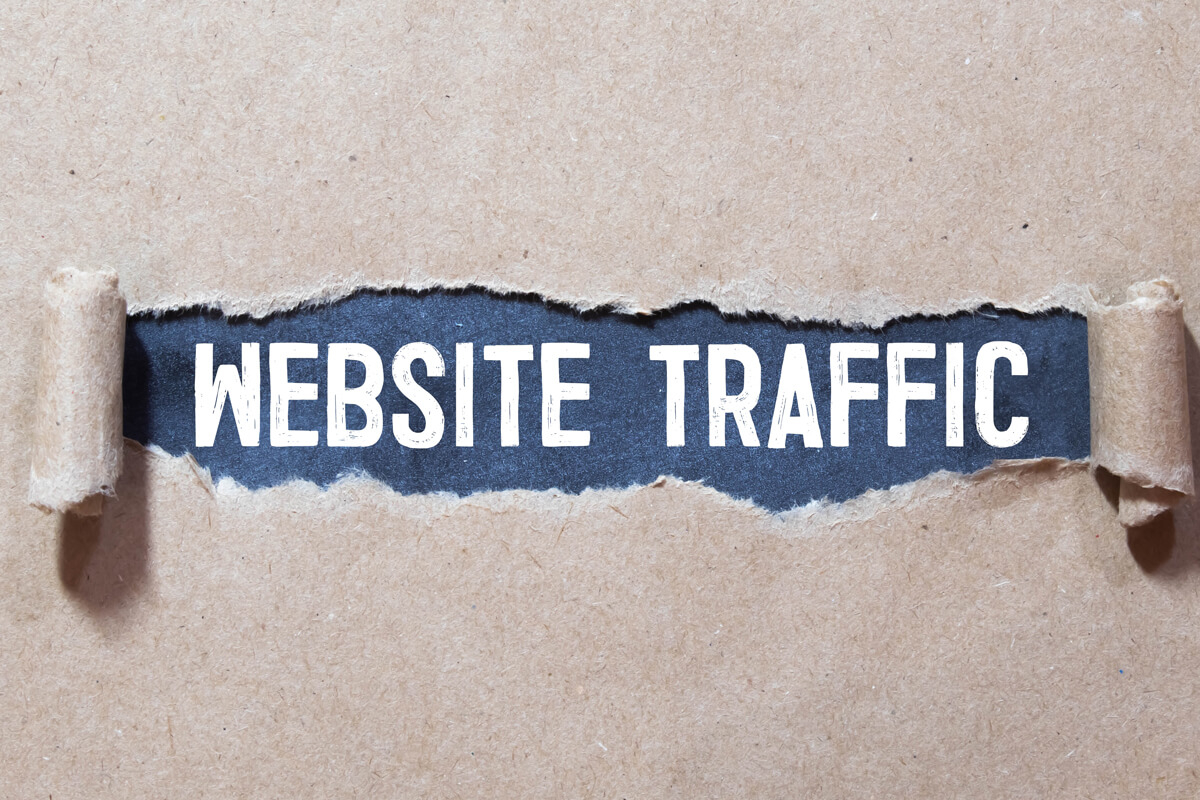Small business owners are eager to increase their online presence. Local SEO is the answer to it. It can help you reach local customers, boost online visibility, and increase sales.
In this blog, we’ll provide you with the ultimate local SEO checklist for small businesses. We’ll cover everything from keyword research to link building, so you can get your local SEO strategy off the ground. Let’s get started!
Introduction to Local SEO
Local SEO can help optimizing your website and content to appear higher in local search engine rankings. It helps you target local customers, so they can easily find and contact your business.
Local SEO is different from traditional SEO in that it focuses on optimizing for local searches. This means optimizing your content for local keywords, optimizing your website for local search engines, and creating content tailored for local customers.
By implementing a local SEO strategy, you can increase your brand visibility, generate more leads, and boost your online presence. Below are some benefits of local SEO for small businesses.
The Benefits of Local SEO for Small Businesses
Local SEO can be a powerful tool for small businesses. Here are just a few benefits of local SEO:
- Increased online visibility: Local SEO helps you reach local customers and increase your online visibility.
- Better rankings: Local SEO helps your business to place higher in local search engine results pages (SERPs).
- More leads: Local SEO can help you generate more leads and boost your sales.
- Improved customer loyalty: Local SEO can help you build customer loyalty and trust in your brand.
- Higher ROI: Local SEO can help you profit the investment (ROI) from your marketing efforts.
As you can see, local SEO can be a powerful tool for small businesses. Here are the benefits of local SEO.
Researching Your Local SEO Keywords
The first step is to research and identify relevant local keywords. This will help you optimize your content and website for local searches.
Start by brainstorming a list of local keywords related to your business. Google Keyword Planner and Ubersuggest are the tools to locate the most used keywords for your business.
Once you’ve identified relevant keywords, you can start optimizing your content for these keywords. This includes optimizing your website pages, creating content around local keywords, and optimizing your titles and meta descriptions.

Optimizing and Claiming Your Google My Business Page
Another important step in local SEO is to optimize and claim your Google My Business page. This page is essential for local SEO, as it helps you get higher rankings in local SERPs.
To get started, create a Google My Business page and fill out all the relevant information. Make sure to include your business name, address, and phone number.
Then, optimize your page with relevant keywords and add images and videos to make it more visually appealing. Finally, make sure to claim your page so that you can track and respond to reviews.
Creating and Optimizing Your Website
After setting up the Google My Business page, you can start optimizing your website for local SEO. Start by optimizing your website content for local keywords.
You should also optimize your website for local search engines. This includes making sure your website is mobile-friendly and optimizing for local search engine algorithms.
Finally, you should make sure your website is easy to navigate and has a clear call to action. This will help you generate more leads and convert more customers.
Local Link Building Strategies
Link building is very useful for any SEO strategy, and local link building is no exception. Link building can help you get better rankings in local SERPs and increase your online visibility.
Start by reaching out to local websites and businesses to get backlinks. You can also create content that other websites will link to.
Once you’ve built up a few backlinks, you can focus on building relationships with local influencers. This can help you get more backlinks and increase your local SEO rankings.
Optimizing Your Content for Local SEO
Once you’ve optimized your website and built up your backlinks, you can start optimizing your content for local SEO. Start by creating content around local keywords and optimizing titles and meta descriptions.
You should also focus on creating content that is relevant to your local customers. This includes creating content about local events, news, and trends.
Finally, make sure to use Schema markup on your website. This helps search engines understand the content on your website, which can help you get better rankings in local SERPs.

Tracking Your Local SEO Results
Once you’ve implemented your local SEO strategy, it’s important to track your results. This will help you understand what’s working and what needs to be improved.
You can use tools like Google Analytics and Google Search Console to track your local SEO results. These tools will help you track your rankings, website traffic, and conversions.
You should also monitor your reviews and ratings on Google My Business. This will help you understand what customers are saying about your business and how you can improve your local SEO strategy.
Conclusion
Local SEO is an essential tool for small businesses looking to increase their online presence. You can get your local SEO strategy off the ground and start reaching more local customers.
Start by researching relevant local keywords and optimizing your website for local search engines. Then, optimize and claim your Google My Business page and build up your backlinks. Finally, track your local SEO results and make adjustments as needed.
By following this ultimate local SEO checklist, you can get more leads, increase your online visibility, and boost your sales. Good luck!
Table of Contents
Share on
Small business owners are eager to increase their online presence. Local SEO is the answer to it. It can help you reach local customers, boost online visibility, and increase sales.
In this blog, we’ll provide you with the ultimate local SEO checklist for small businesses. We’ll cover everything from keyword research to link building, so you can get your local SEO strategy off the ground. Let’s get started!
Introduction to Local SEO
Local SEO can help optimizing your website and content to appear higher in local search engine rankings. It helps you target local customers, so they can easily find and contact your business.
Local SEO is different from traditional SEO in that it focuses on optimizing for local searches. This means optimizing your content for local keywords, optimizing your website for local search engines, and creating content tailored for local customers.
By implementing a local SEO strategy, you can increase your brand visibility, generate more leads, and boost your online presence. Below are some benefits of local SEO for small businesses.
The Benefits of Local SEO for Small Businesses
Local SEO can be a powerful tool for small businesses. Here are just a few benefits of local SEO:
- Increased online visibility: Local SEO helps you reach local customers and increase your online visibility.
- Better rankings: Local SEO helps your business to place higher in local search engine results pages (SERPs).
- More leads: Local SEO can help you generate more leads and boost your sales.
- Improved customer loyalty: Local SEO can help you build customer loyalty and trust in your brand.
- Higher ROI: Local SEO can help you profit the investment (ROI) from your marketing efforts.
As you can see, local SEO can be a powerful tool for small businesses. Here are the benefits of local SEO.
Researching Your Local SEO Keywords
The first step is to research and identify relevant local keywords. This will help you optimize your content and website for local searches.
Start by brainstorming a list of local keywords related to your business. Google Keyword Planner and Ubersuggest are the tools to locate the most used keywords for your business.
Once you’ve identified relevant keywords, you can start optimizing your content for these keywords. This includes optimizing your website pages, creating content around local keywords, and optimizing your titles and meta descriptions.

Optimizing and Claiming Your Google My Business Page
Another important step in local SEO is to optimize and claim your Google My Business page. This page is essential for local SEO, as it helps you get higher rankings in local SERPs.
To get started, create a Google My Business page and fill out all the relevant information. Make sure to include your business name, address, and phone number.
Then, optimize your page with relevant keywords and add images and videos to make it more visually appealing. Finally, make sure to claim your page so that you can track and respond to reviews.
Creating and Optimizing Your Website
After setting up the Google My Business page, you can start optimizing your website for local SEO. Start by optimizing your website content for local keywords.
You should also optimize your website for local search engines. This includes making sure your website is mobile-friendly and optimizing for local search engine algorithms.
Finally, you should make sure your website is easy to navigate and has a clear call to action. This will help you generate more leads and convert more customers.
Local Link Building Strategies
Link building is very useful for any SEO strategy, and local link building is no exception. Link building can help you get better rankings in local SERPs and increase your online visibility.
Start by reaching out to local websites and businesses to get backlinks. You can also create content that other websites will link to.
Once you’ve built up a few backlinks, you can focus on building relationships with local influencers. This can help you get more backlinks and increase your local SEO rankings.
Optimizing Your Content for Local SEO
Once you’ve optimized your website and built up your backlinks, you can start optimizing your content for local SEO. Start by creating content around local keywords and optimizing titles and meta descriptions.
You should also focus on creating content that is relevant to your local customers. This includes creating content about local events, news, and trends.
Finally, make sure to use Schema markup on your website. This helps search engines understand the content on your website, which can help you get better rankings in local SERPs.

Tracking Your Local SEO Results
Once you’ve implemented your local SEO strategy, it’s important to track your results. This will help you understand what’s working and what needs to be improved.
You can use tools like Google Analytics and Google Search Console to track your local SEO results. These tools will help you track your rankings, website traffic, and conversions.
You should also monitor your reviews and ratings on Google My Business. This will help you understand what customers are saying about your business and how you can improve your local SEO strategy.
Conclusion
Local SEO is an essential tool for small businesses looking to increase their online presence. You can get your local SEO strategy off the ground and start reaching more local customers.
Start by researching relevant local keywords and optimizing your website for local search engines. Then, optimize and claim your Google My Business page and build up your backlinks. Finally, track your local SEO results and make adjustments as needed.
By following this ultimate local SEO checklist, you can get more leads, increase your online visibility, and boost your sales. Good luck!






You should take part in a contest for one of the greatest blogs on the web. I most certainly will recommend this website!